Ten Things to Think About to Help You Find Your Voice
As we discussed in a prior blog post, your voice is the unique and recognizable artistic style that is distinctly your own; your inspiration, your materials, techniques, themes and color palette all working together in a way that looks like it comes from you and no one else.
There are so many different techniques and materials available to use in your art, you must decide which ones express who you are, tell your story, and bring you the most pleasure. Deciding what you want your art to say, and how you want to say it, will lead to finding your unique artistic voice.
Make what you know:
This is an old saying about writing, but it is just as appropriate for artists. Work from your life experiences so the work has your essence and will be uniquely yours. For example, if you have never been to Italy, don’t try to do a Tuscan landscape. Do a local landscape—one you have seen in all seasons, in all weather conditions, one you know well. Working from your own life experiences will make your artwork rich with nuance and feeling.
Embrace what you love:
Your artwork should be something you feel compelled to create; it should never feel forced or contrived. This applies not just to subject matter but to techniques, materials and colors. If you feel passionate about what you do and how you do it, it will be reflected in your artwork.
Abandon what you dislike:
Finding your voice is as much a function of what you don’t want to do as it is a function of what you want to do. Some quilt artists like precision piecing; some don’t. Some thoughtfully plan their work; others prefer to work spontaneously. Embrace what you enjoy and let go of the rest. You won’t miss it; it is only holding you back. There are no rules, nothing you have to do, so just do what you want.
Trust your instincts:
Don’t over think and over analyze; just trust your intuition—that knee jerk reaction that tells you what to work on and how to approach it.
Develop your own working style:
It is important in your artistic journey to avoid creating work that is derivative of another artist. Look at lots of artwork of all genres; admire it, analyze it, learn from it. Take workshops and classes to see how other artists approach their work; then take bits and pieces from everywhere, mix them together and toss things aside until you have a set of working skills that reflect who you are as an artist.
Decide on your message:
Some artists seek to make political statements in their art, or compel the viewer to think. Other artists wish to express the beautiful serenity of nature. Art can be serious or whimsical; it can have a message, it can tell a story, or it can exist simply to be visually stimulating or pleasing. Think about what you want your art to communicate; then make art that fits your purpose.
Create a thread of continuity:
What is immediately recognizable about any artist’s work can be the subject matter, the technique, even the color palette. Spend some time developing pieces that are thematically, technically and/or color related; this will help you evaluate what to embrace and what to leave behind. This continuity is what others will recognize as your voice; sustaining it will yield a consistent body of work.
Engage in quiet reflection:
Stress and art are not good companions, so it is important to periodically disengage from the world around you and relax. Some people take long walks or do yoga, others listen to music. I often just sit and reflect. It may look to others like doing nothing; I call it regrouping and clearing my head.
Work for yourself:
Stay true to your own vision; don’t attempt to create art that you think will be chosen by a particular exhibition or gallery. It may be helpful to have an occasional critique of your work from a trusted source, but in the end all artistic decisions must be yours alone. If it doesn’t come from you, it isn’t your voice.
Expect your voice to change:
Artists grow and evolve and change throughout their careers. As an artist you must always stretch yourself and challenge yourself to do more; rethink, re-evaluate, even revisit your approach, your themes and your techniques. If you stand still your work will stagnate and become boring both for you and your audience. Follow your voice when and where it leads you. A career in art is a path you follow, not a place you reach and rest.
Art is a very private and personal expression; finding your voice requires much introspective thought. Tune out the influences and voices of others, and make conscious decisions about what you want your work to say to the world. The decisions you make will define your work, and therefore your voice. When your art is a reflection of the unique individual you are; your passions, your emotions, your preferences, the way you see the world and the stories you have to tell—then you will have found your voice.
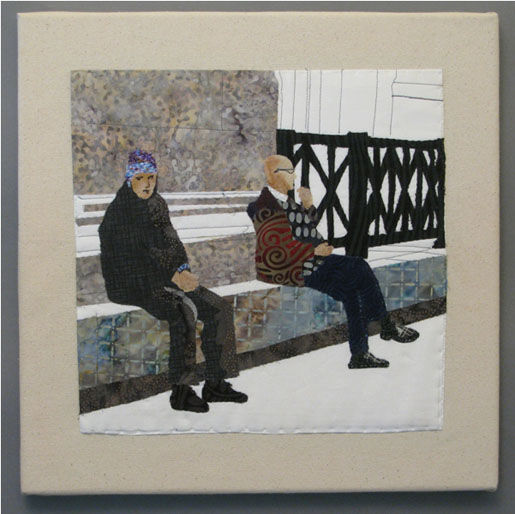
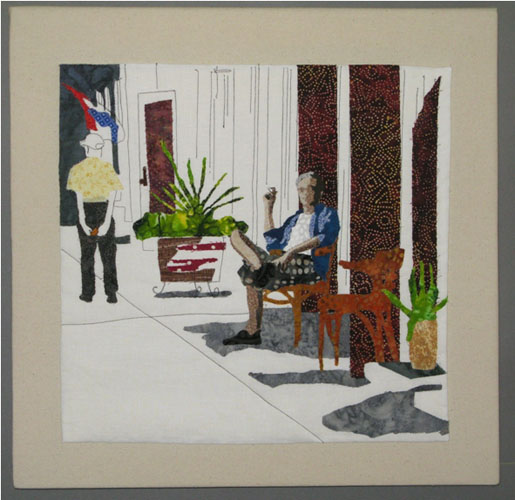
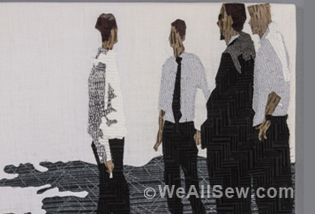

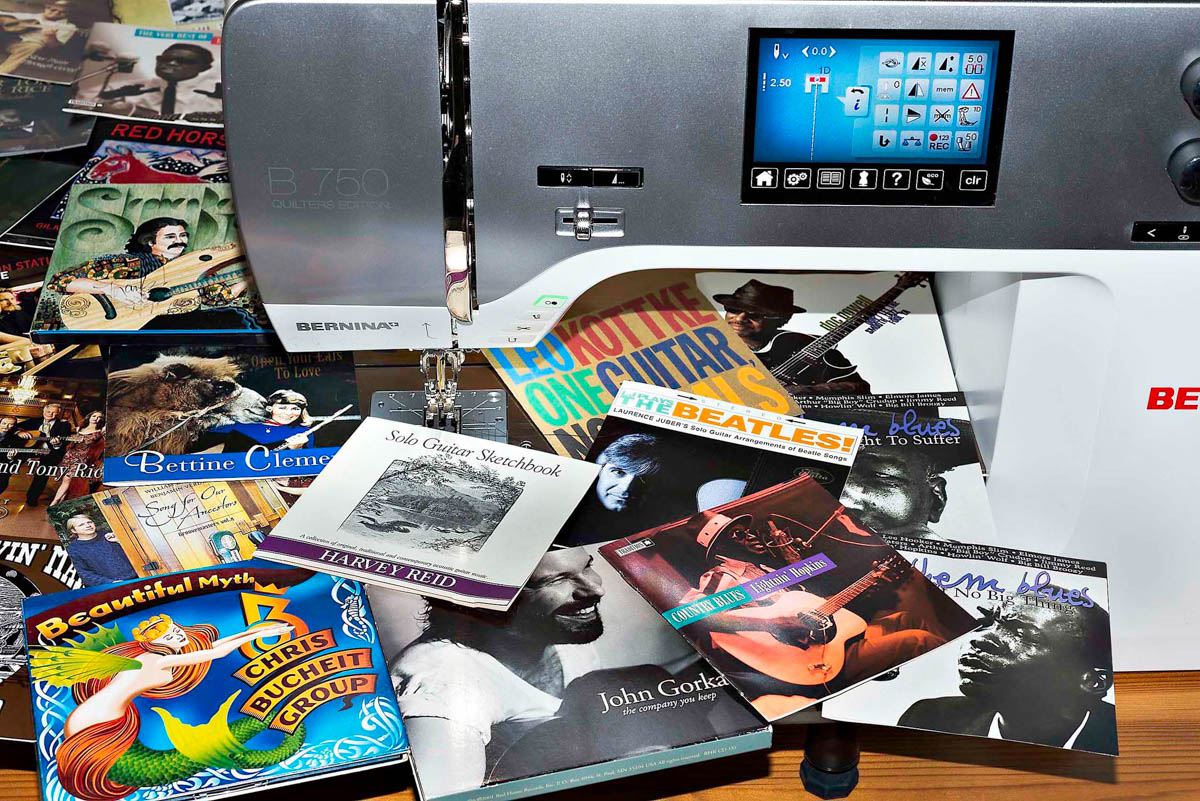

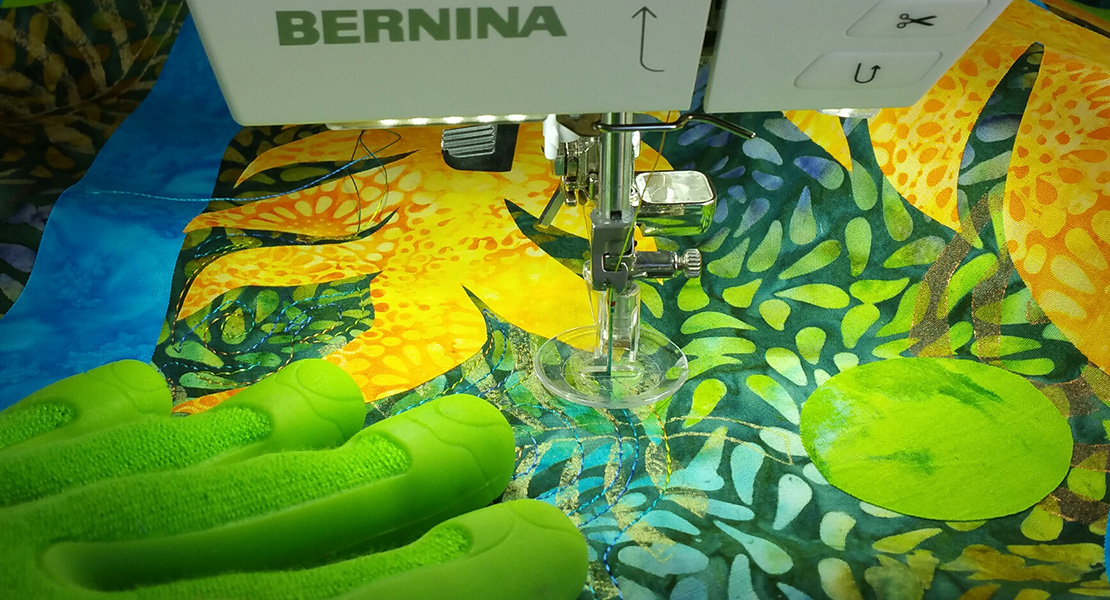

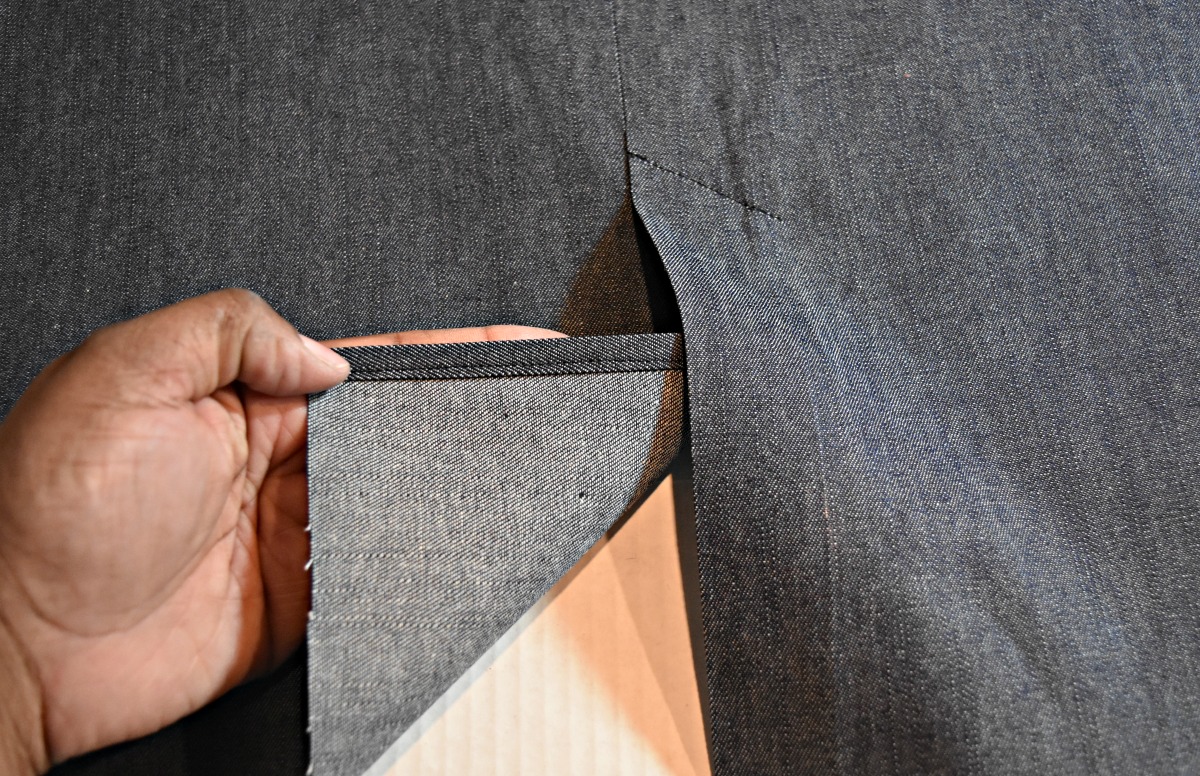


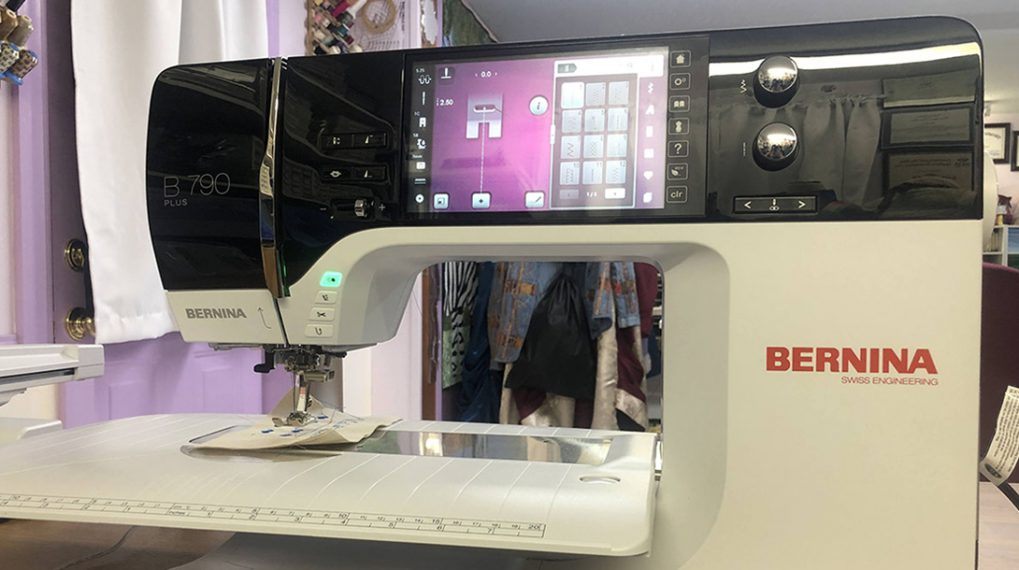
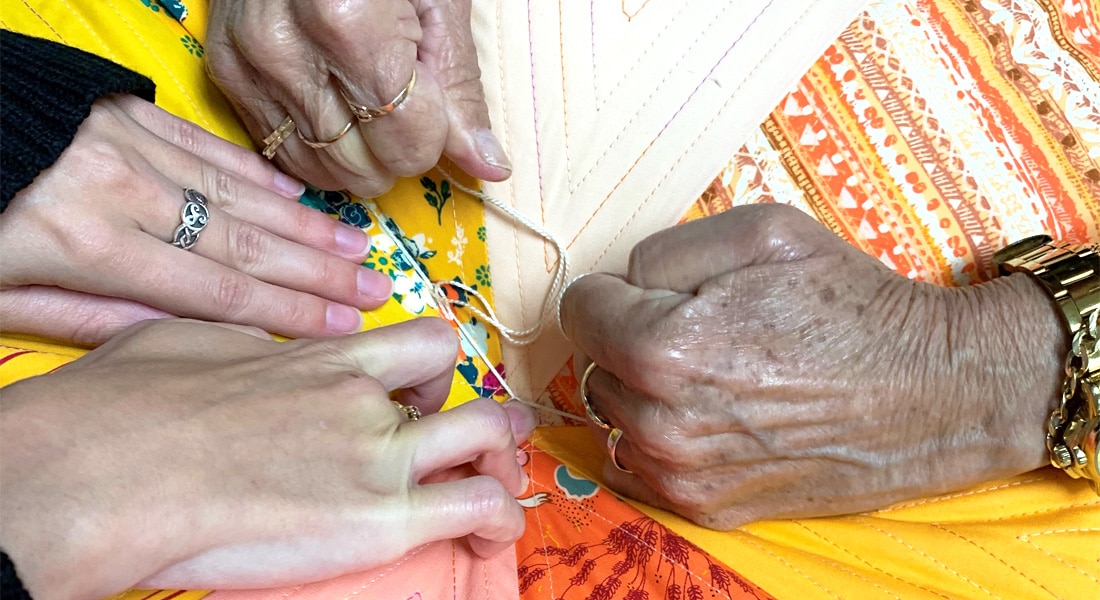
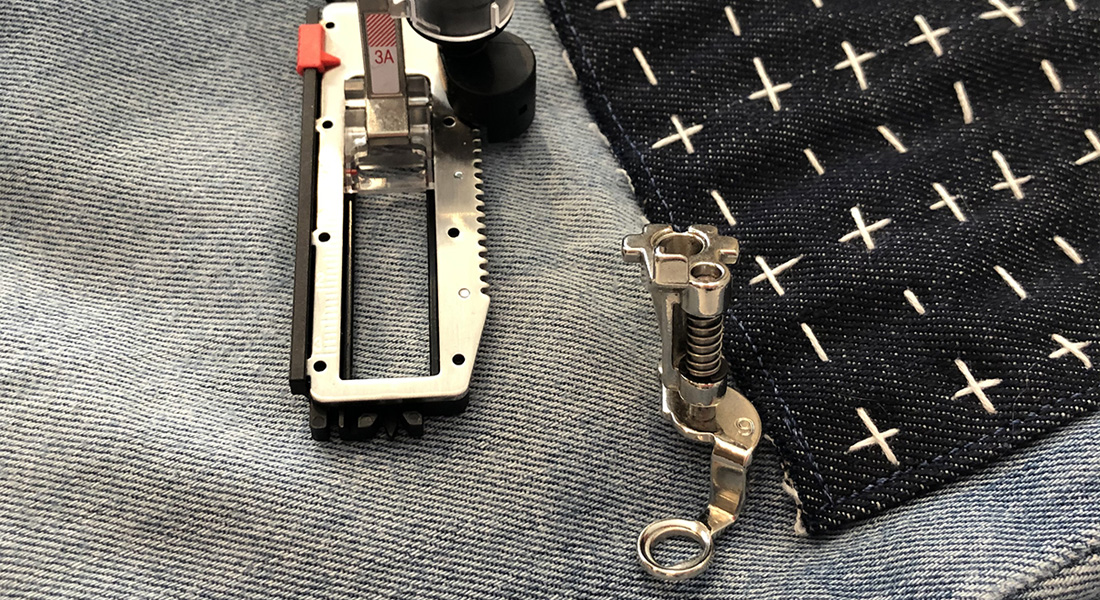
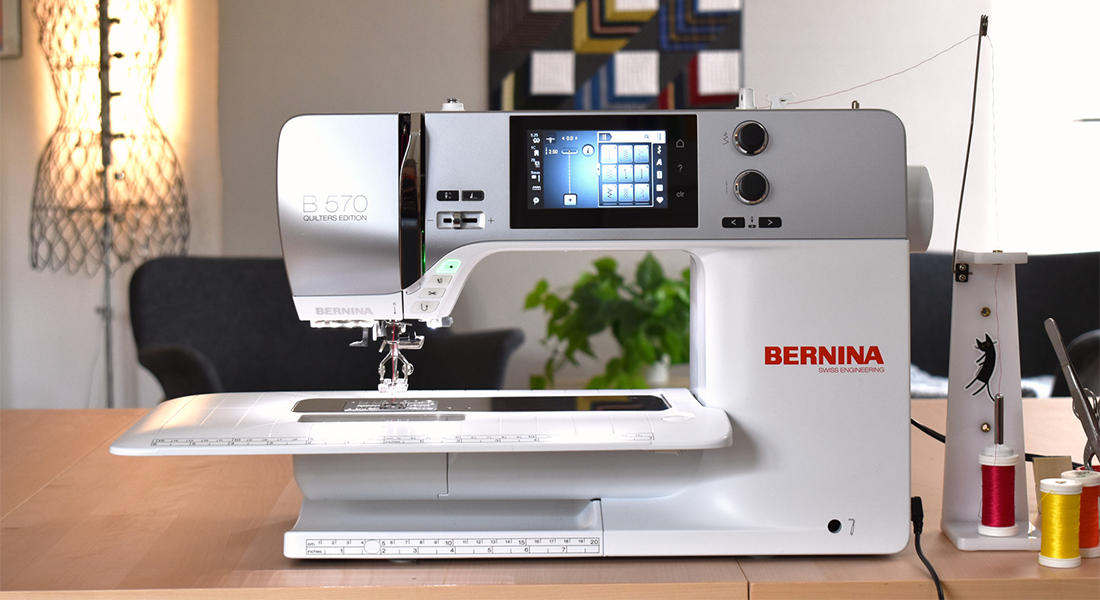



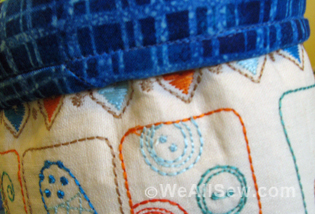
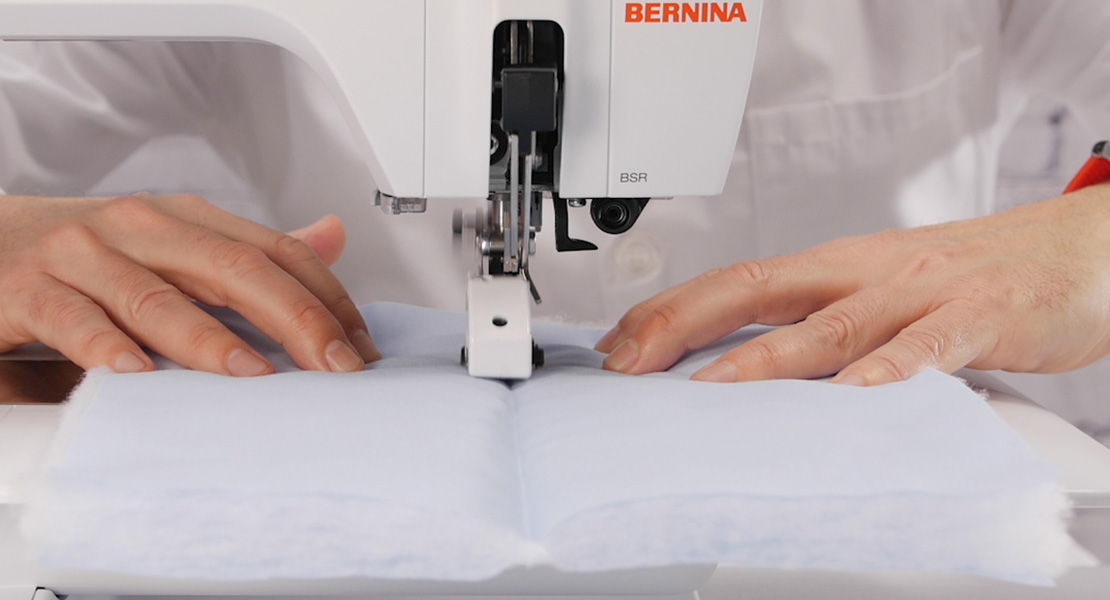
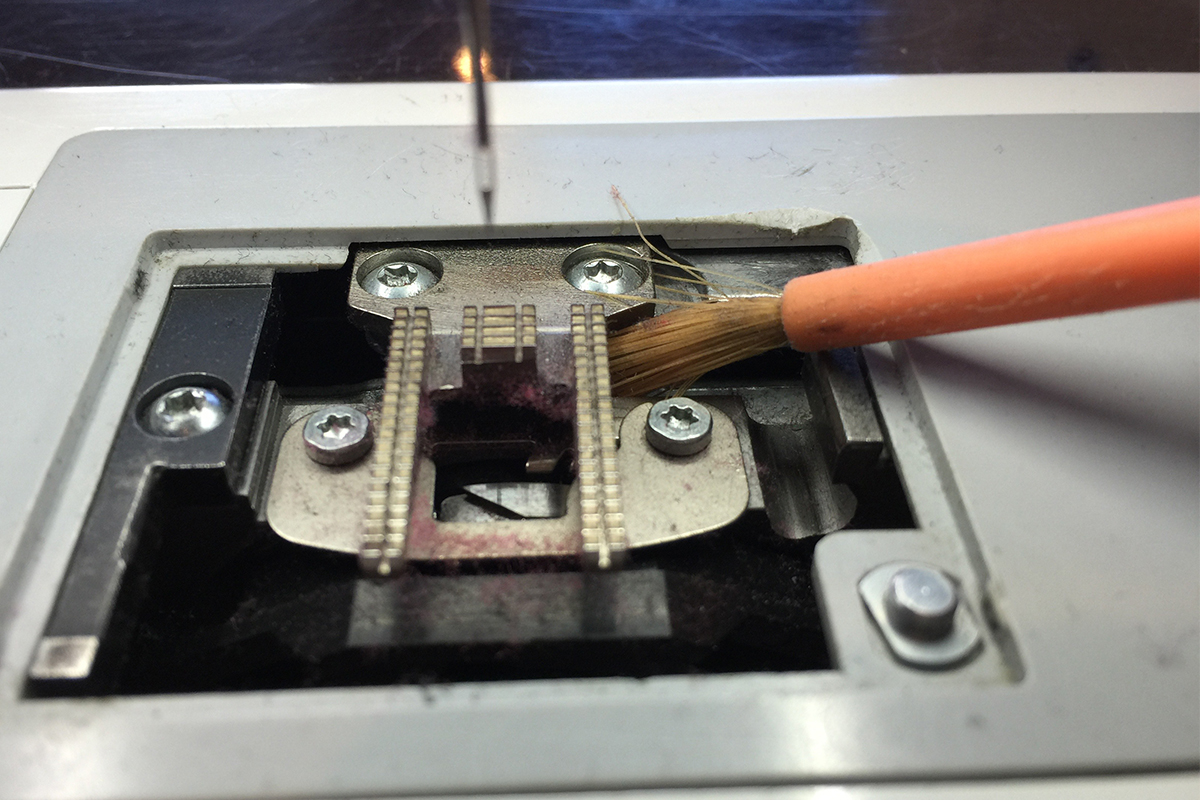


2 comments on “Ten Things to Think About to Help You Find Your Voice”